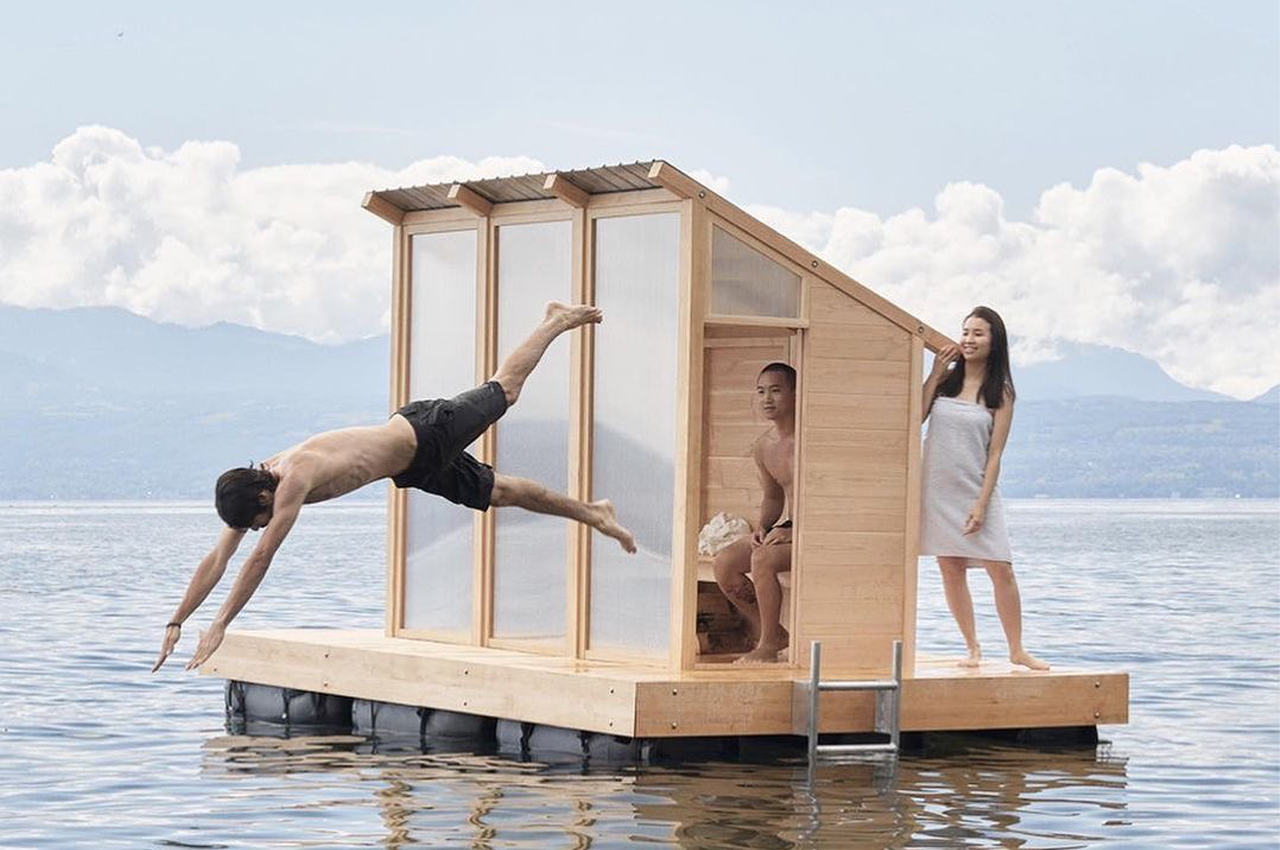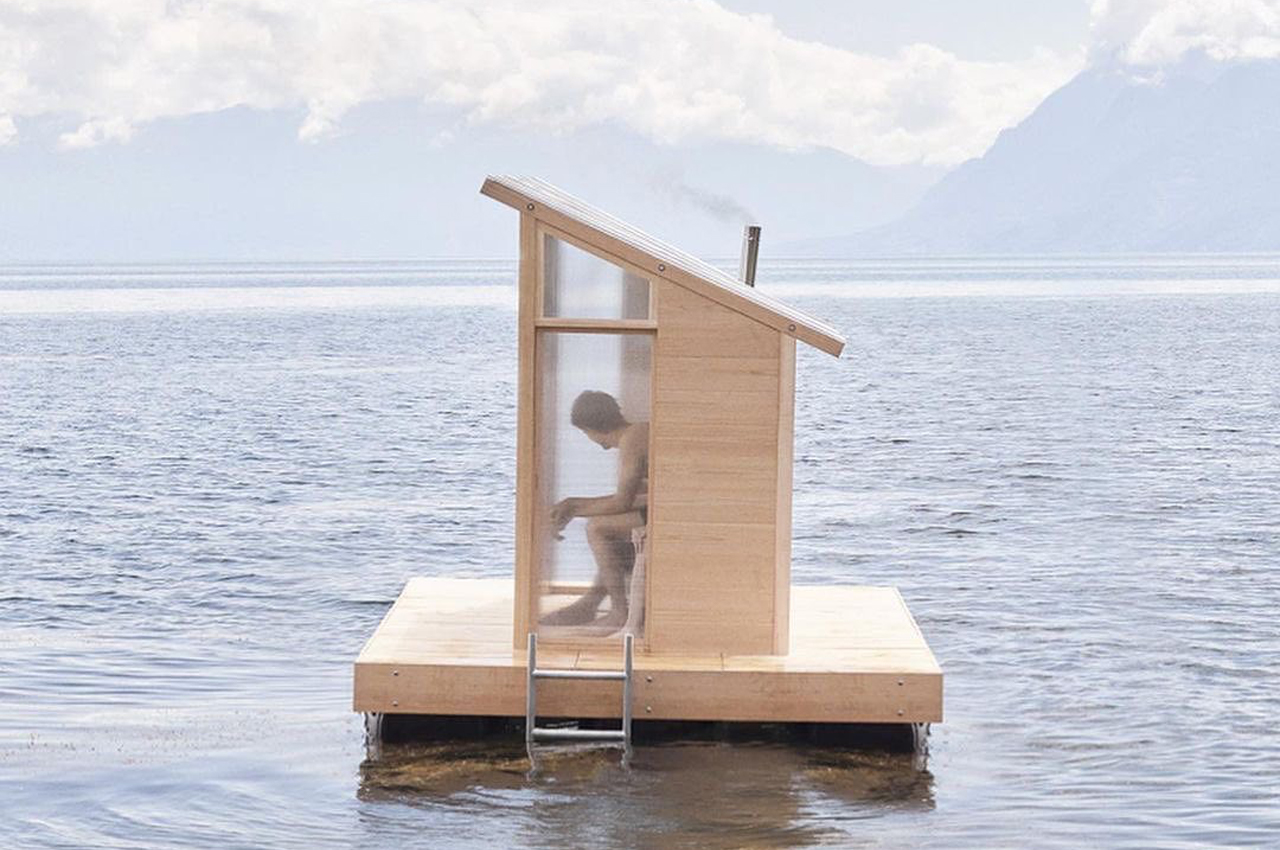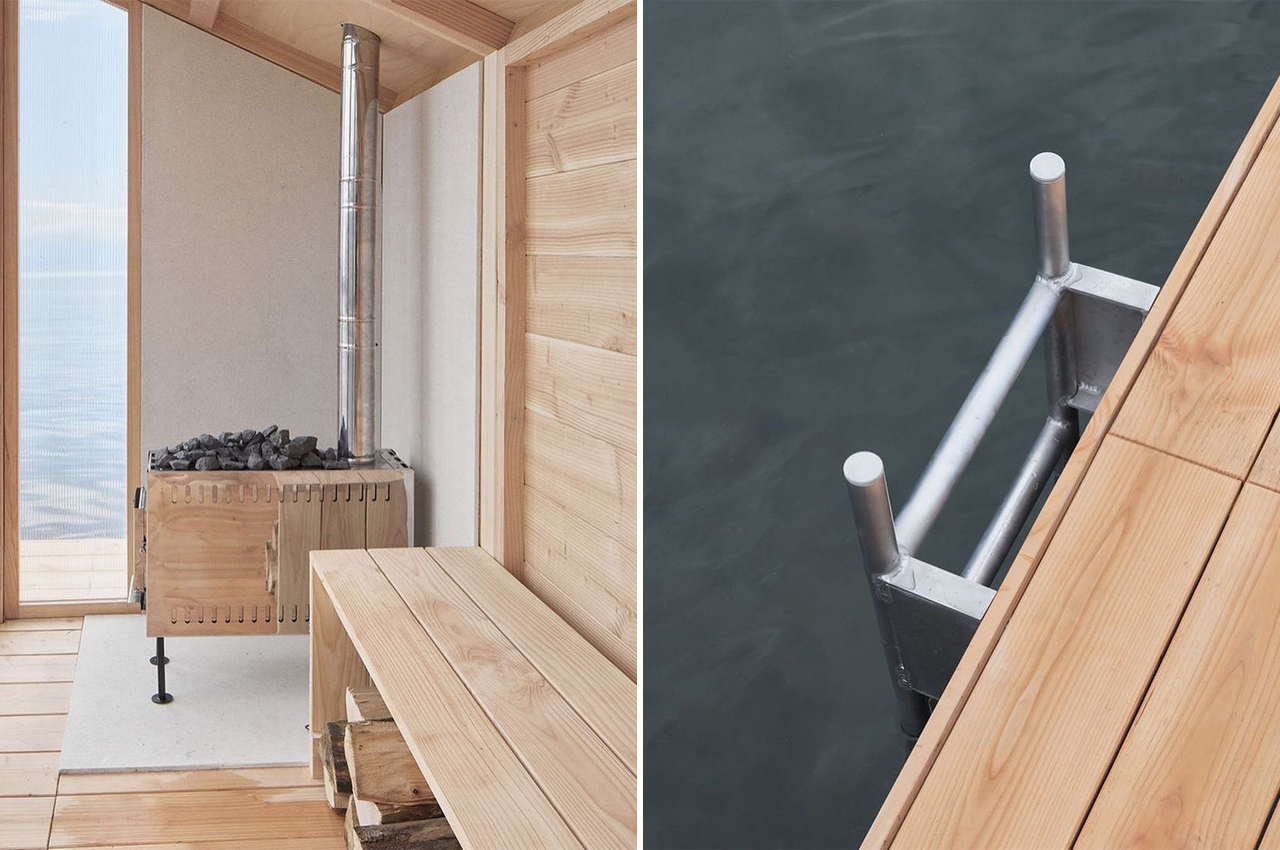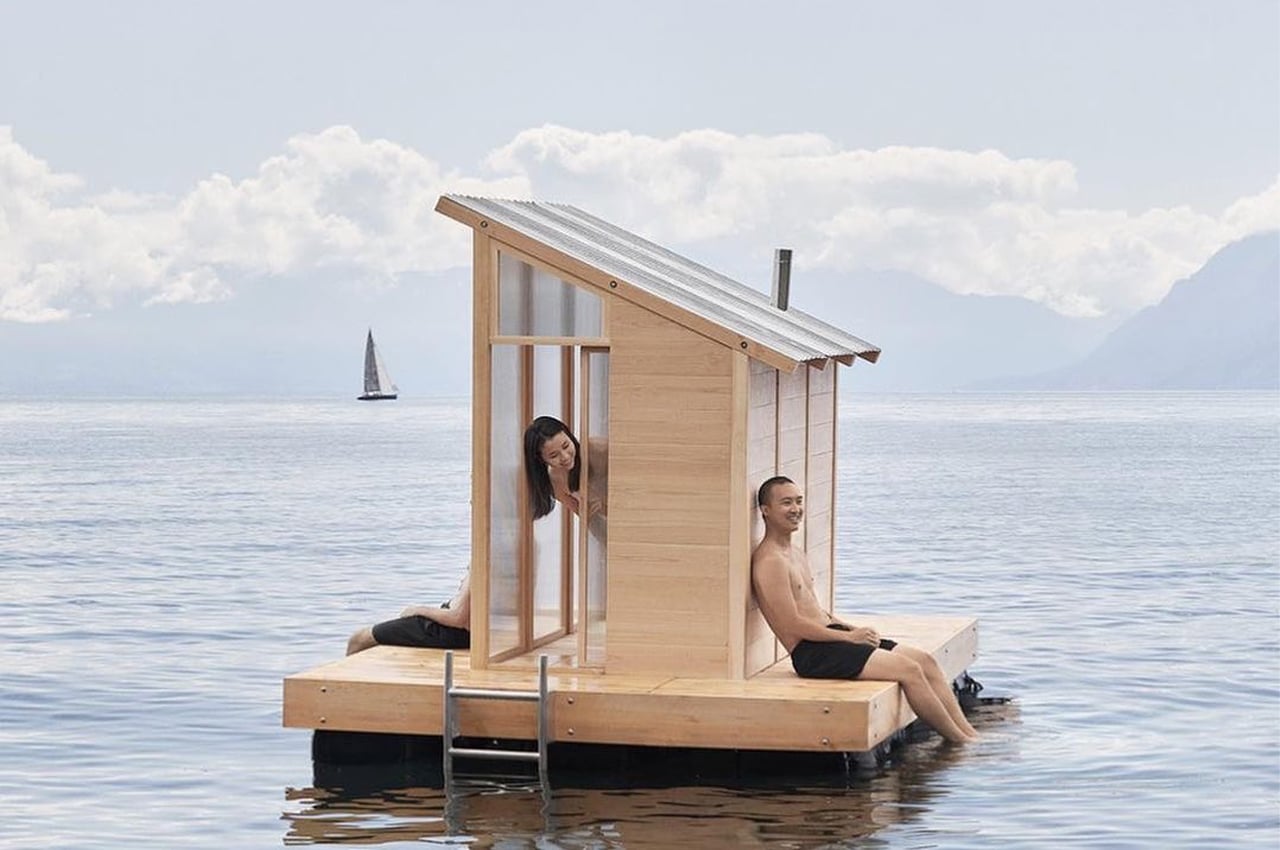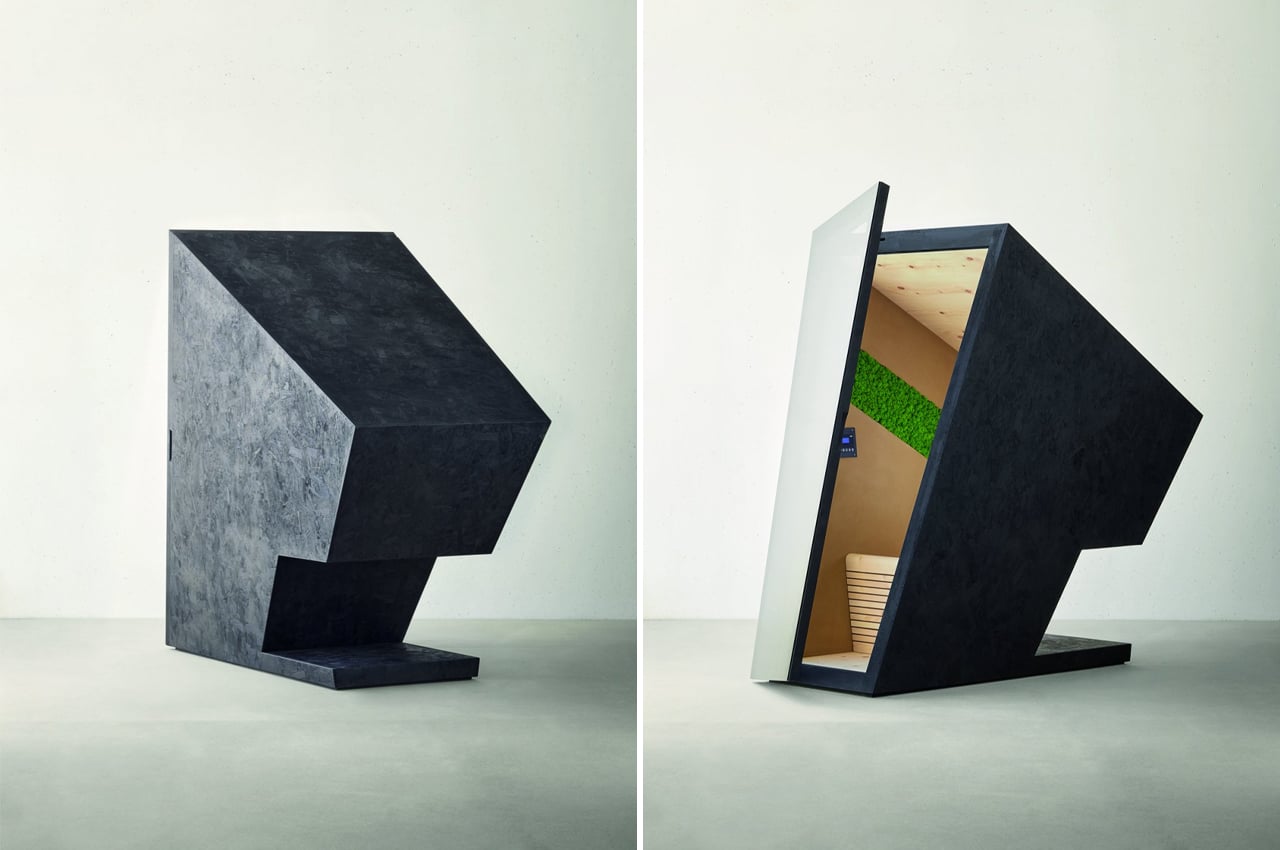
Recognized by German Design Awards, Klimakabine is the world’s first climate-controlled micro-cabin built from OSB and stone pine with a loam and moss filter for cozy vibes and fresh air.
It’s hard to imagine being somewhere more calming than a log cabin in the woods–the snow falling outside while you’re warm and cozied up against the window. There’s something about the warmth of wood that brings peace. Similar to log cabins, the wooden build of saunas not only enhances their function but relaxes the mind too. Combining the coziness of a log cabin with the soothing nature of saunas, Italian carpentry company Declara designed Klimakabine, the world’s first climate-controlled micro-cabin.
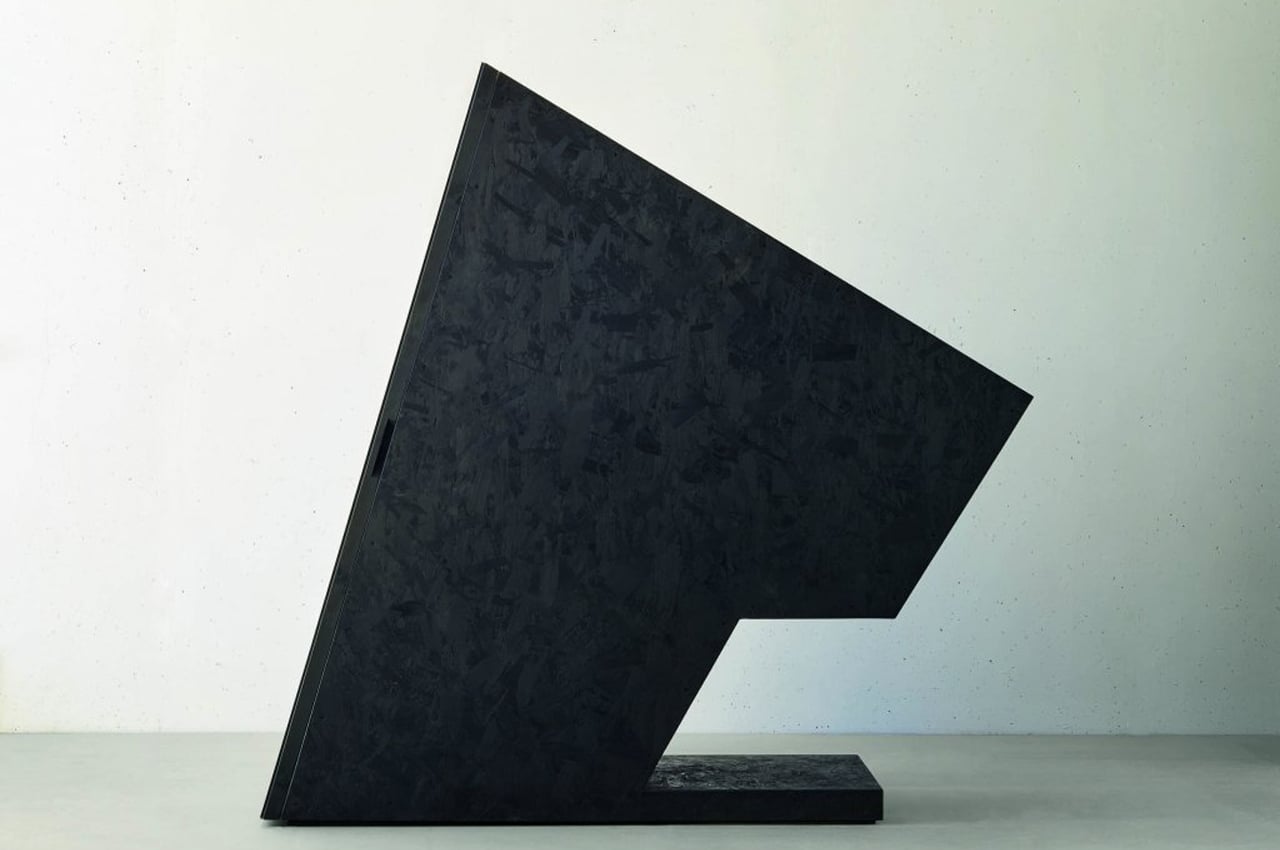
Paneled in OSB, Klimakabine features a single wooden bench and is constructed from stone pine, a type of antibacterial wood. The build of Klimakabine resembles a sitting pod from the outside and keeps a sloping structure that encourages users to sit back and recline. Sloping in tandem with the glazed door opening, a loam and moss filter helps clean the air inside Klimakabine and regulates the climate to ensure a comfortable sitting period. Enhancing the soothing nature of Klimakabine, Declara glazed the front door to give it a translucent look that provides some privacy for the one sitting inside too.
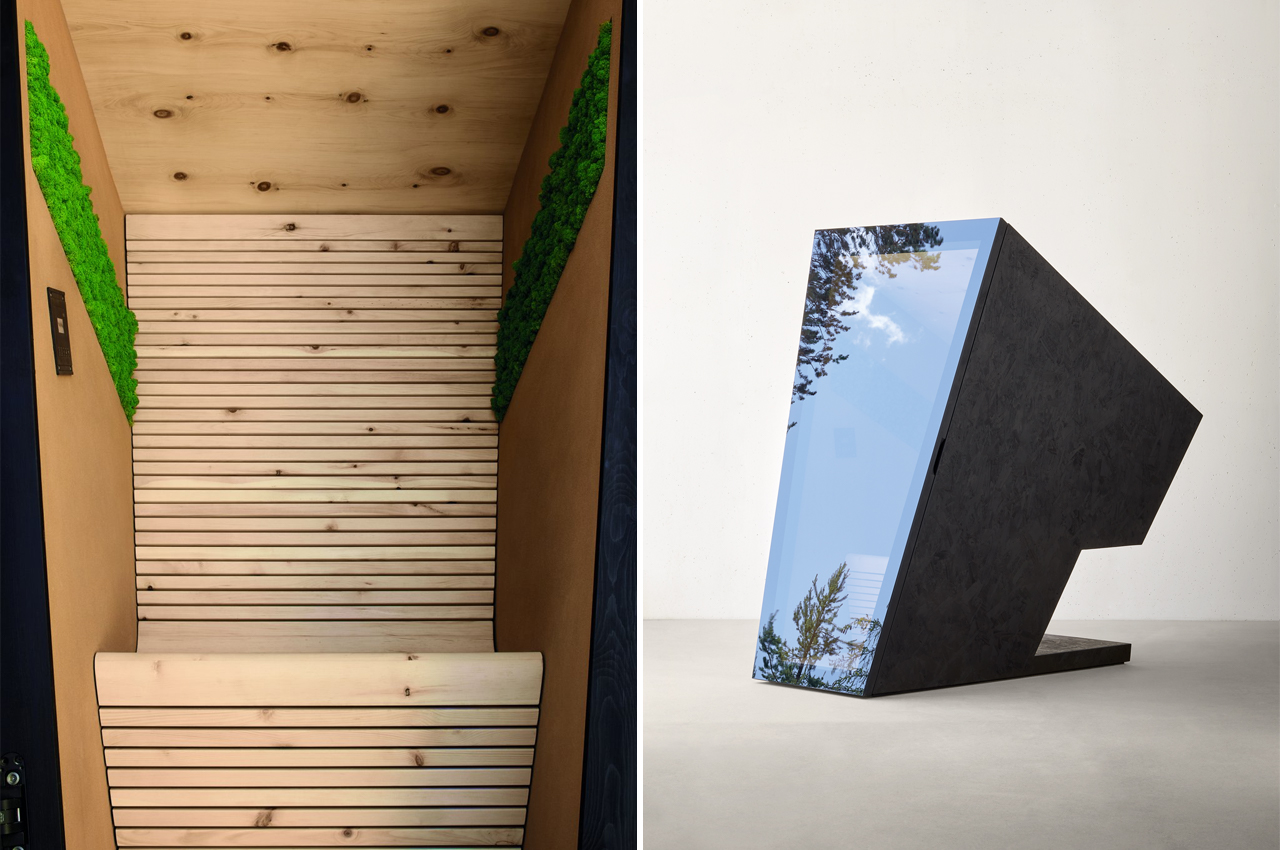
Coming back to nature has always brought some peace and calm. Declara built Klimakabine so we’d always have space and time to welcome nature back into our lives. In designing Klimakabine, Declara artfully merged the coziness of a log cabin with the relaxation of a sauna to create a meditative space where users can unwind and disconnect from the busyness of the outside world.
Designer: Declara
